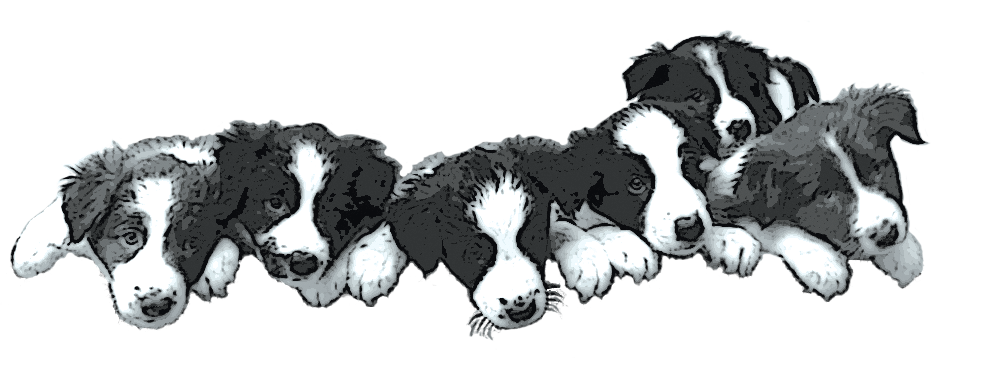This procedure is typically done with the female standing and without sedation. It simulates the natural tie and deposits semen closer to the site of fertilization compared to traditional vaginal artificial insemination. TCI is currently recommended over surgical insemination. Semen will be evaluated at the time of breeding.

What is TCI?
TCI is a standing procedure in which a rigid endoscope is passed through the vaginal canal to visualize the cervix. A catheter is then passed through the cervix and semen is slowly deposited into the uterus for insemination.
Recent studies have shown TCI to have similar and higher pregnancy rates when compared to surgical AI.
– [Citation]
Why TCI?
Visualization of the entire vaginal canal can help diagnose abnormalities such as vaginal masses or vaginal septums/frenulums which may interfere with whelping.
Minimal pain and restraint needed for the procedure
Low risk of complications
Entire ejaculate deposited directly into the uterus—closer to the site of fertilization and reduction in retrograde loss out the vulva
Ability to perform multiple breedings/cycle
Great when breeding to stud dogs with marginal semen quality, aged stud dogs, young stud dogs, or stud dogs with innate subfertility
Equivocal pregnancy rates compared with surgical AI
Does my dog need to be under general anesthesia?
Generally, most females will stand for this procedure as it is designed to mimic the natural “tie”. Some females may need a light sedative. General anesthesia is not needed for this procedure.
I’ve always done surgical artificial insemination (AI); how does TCI compare?
Both TCI and surgical AI deposit semen in the same location—directly into the uterus. However, recent studies have shown TCI to have similar and higher pregnancy rates when compared to surgical AI. In addition, there are minimal secondary risks associated with TCI compared to surgical AI which holds risk for anesthetic events, delayed wound healing, low heart rate during surgery, swelling at the surgical site, and post-surgical pain.
I’ve always done vaginal AI or natural breeding; how does TCI compare?
TCI places the semen one step closer to the site of fertilization. When the entire ejaculate is placed in the uterus, the distance of sperm travel is much shorter and less of the ejaculate is lost due to backflow that can occur with vaginal AI or natural breeding. Therefore, there is an increase number of sperm that reach the uterus and potentially site of fertilization, resulting in higher numbers of fertilized eggs and larger litter sizes.
Does TCI cause pain?
TCI is designed to mimic the natural “tie”. When performed gently there is minimal pain and discomfort. TCI is performed during estrus when the vaginal walls are naturally thicker and less susceptible to trauma.
What kind of semen can be used for TCI?
All semen types—fresh, chilled/shipped, and frozen can be used for TCI. We can collect your stud dog in the clinic and perform TCI on your female. In addition, we accept semen shipments for those who choose stud dogs in another location. We can also receive, store, and manage your frozen semen here at JVC for breeding.
I am interested in TCI, what should I do?
Ideally, cycle management is performed prior to the TCI procedure so we can ensure that timing of breeding coincides with peak egg fertility. This involves a pre-breeding consult, serial blood progesterones, and vaginal cytologies to identify your female’s date of ovulation. Once identified, only 1-2 TCIs are needed depending on your situation.
